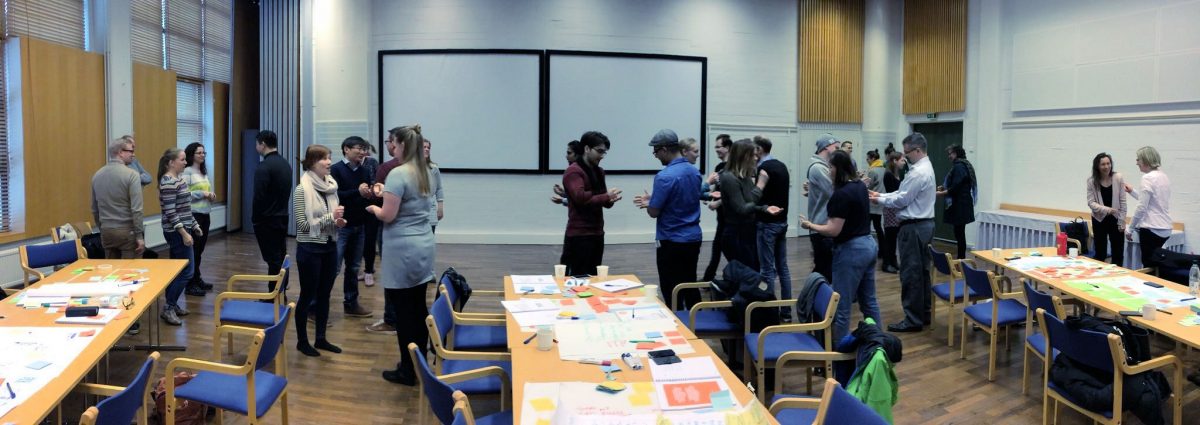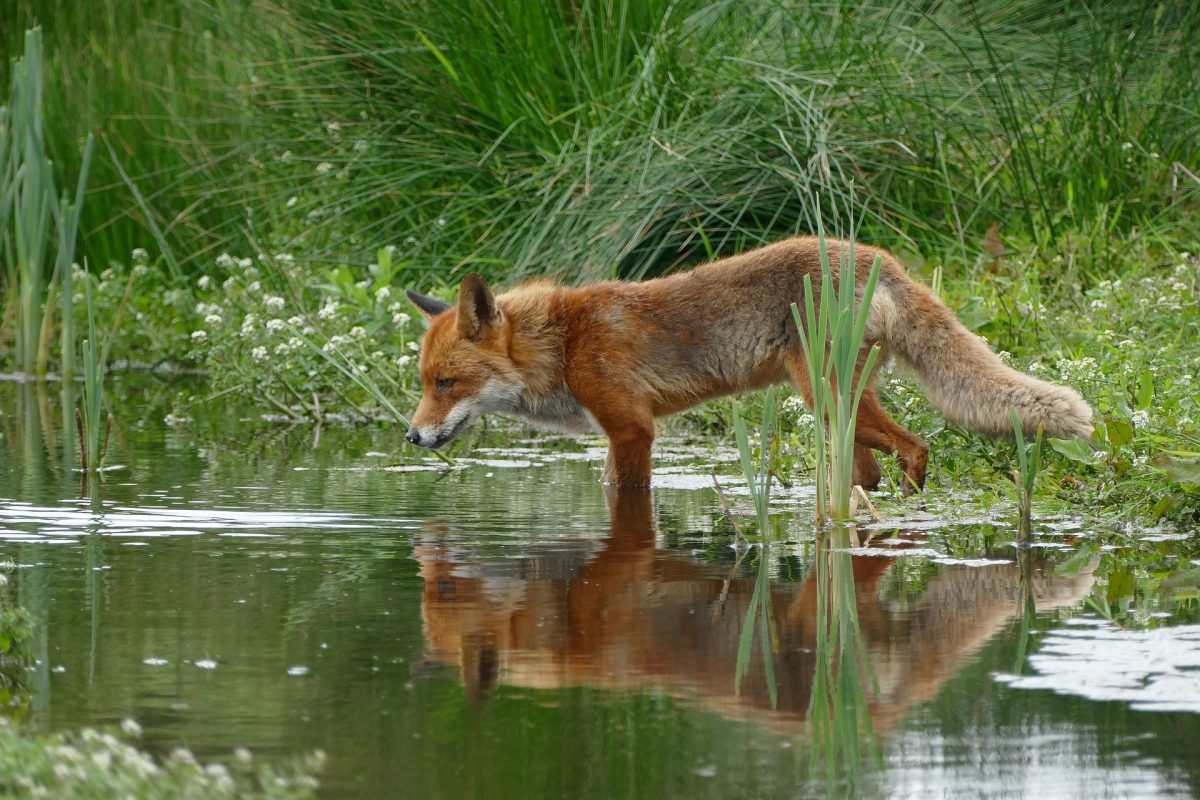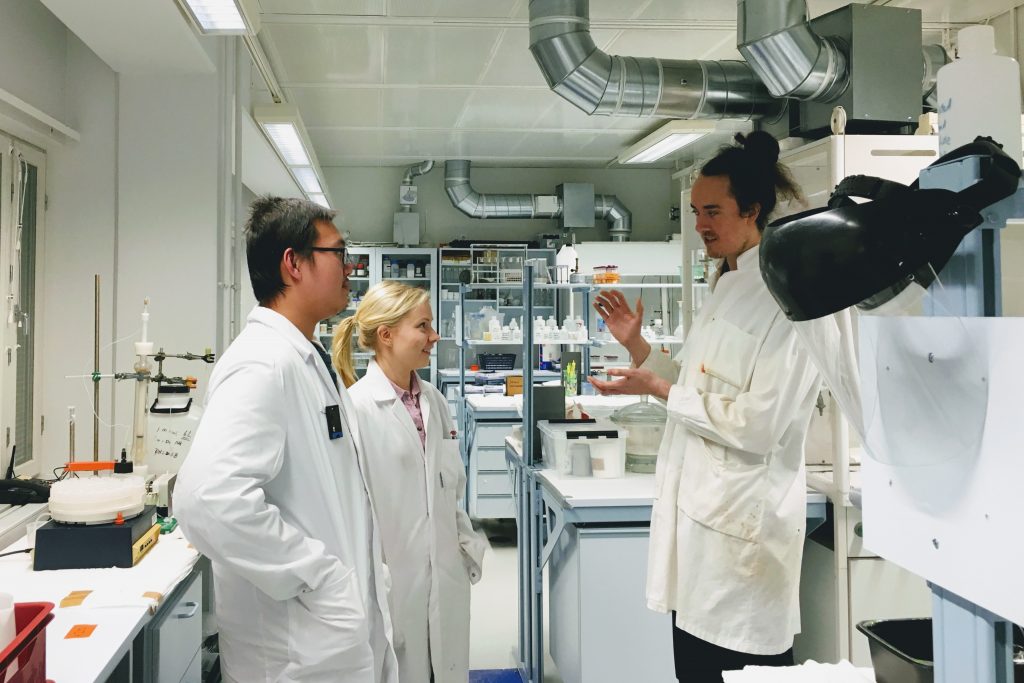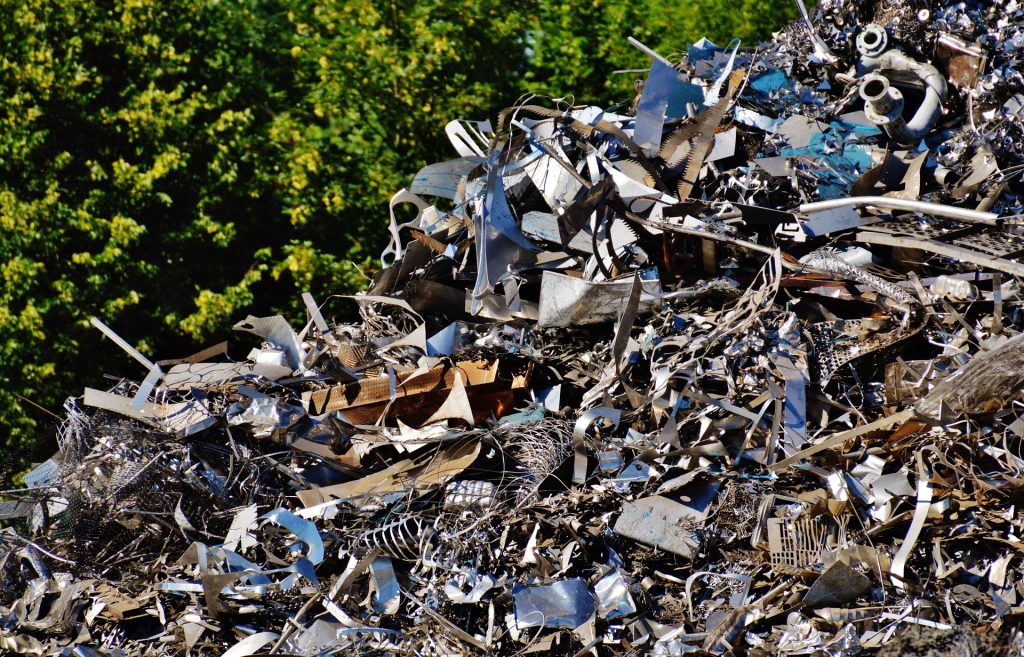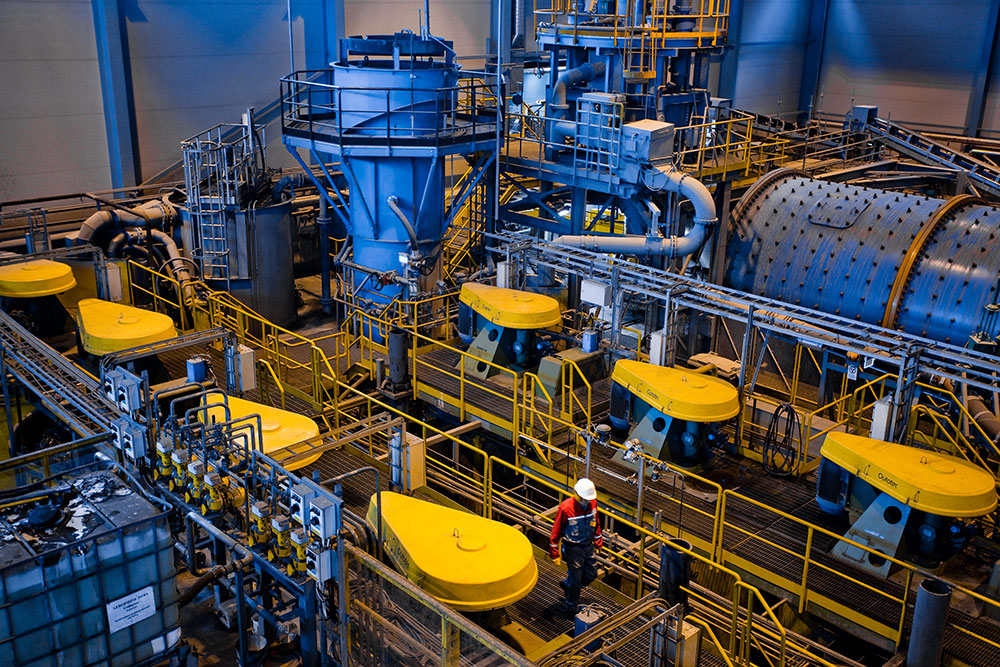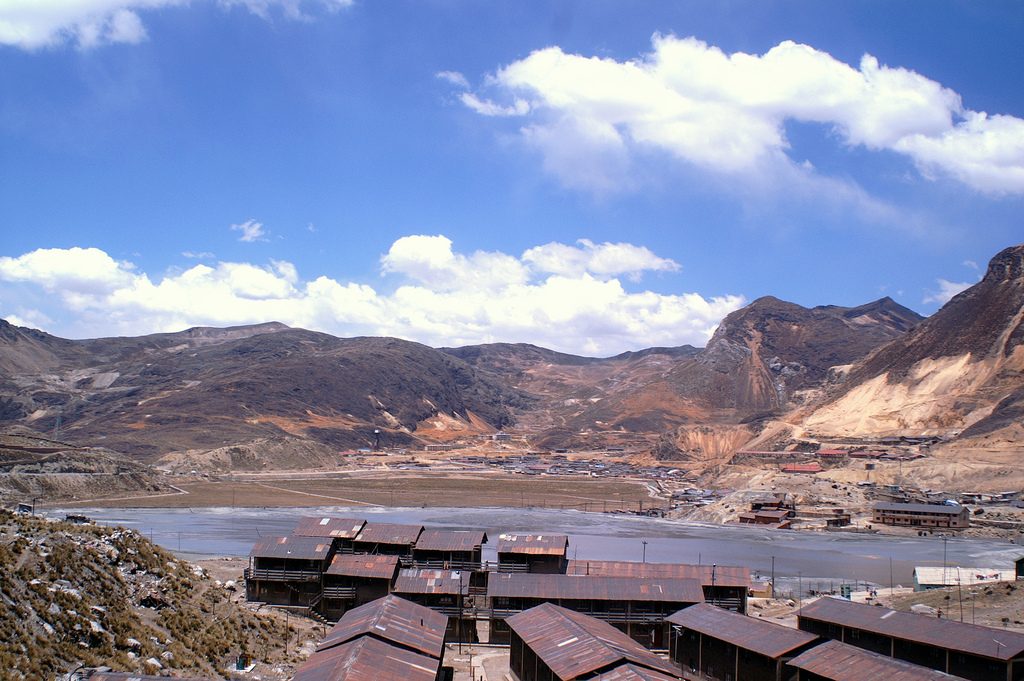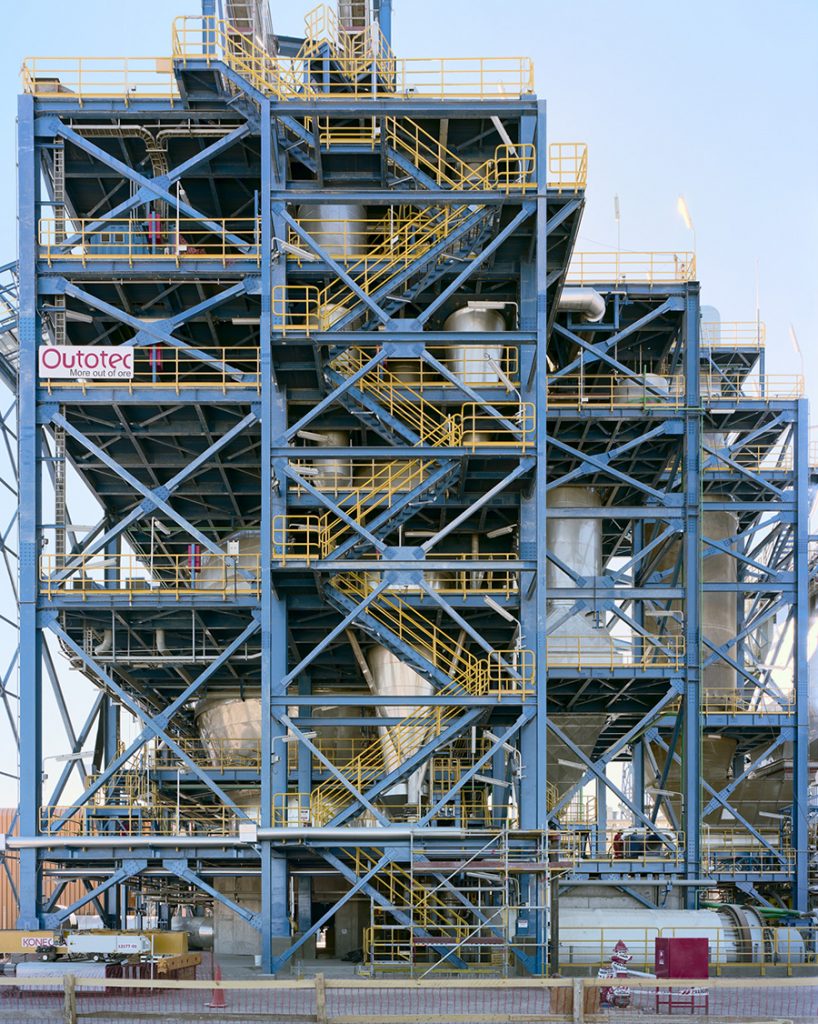The University of Helsinki and Outotec call for applications to participate in this year’s Sustainability Master Class. Master Class is a challenge-based program for forward-looking minds from academia, business world and society.
This year’s Sustainability Master Class will focus on risk management in natural resource-intensive global businesses when operating in very different or challenging environments or transforming business models. The program is open to Master level students, young researchers and young professionals who are interested in global sustainability and corporate social responsibility. The program consists of four months of facilitated teamwork – multidisciplinary teams tackle one challenge at joint meetings, science camp and bootcamp and develop their own concrete solution to the problem using design thinking and co-creation tools.
Sustainability Master Class is a part of the University of Helsinki’s Environmental Change and Global Sustainability (ECGS) Master’s Program (ECGS-150) Master Class 5 ECTS credits) but it is open to students and researchers from different faculties and sectors. The participants who successfully complete the course work will gain 5 ECTS credits. The responsible teacher is Kaisa Korhonen-Kurki.
Deadline for applications is November 30, 2017, and the program will start in January 2018. Apply here.
PROGRAM OUTLINE
CHALLENGE / JANUARY – FEBRUARY 2018
Meet&Greet Thu Jan 11
Poster Clinic Wed Jan 31
Science Camp Wed Feb 28
EXPERIMENT / MARCH 2018
Boot Camp Thu-Fri March 15-16 (Two working days!)
Workshop on Scaling and Experiments Thu March 22 (Whole working day)
SOLVE & SHARE / APRIL – MAY 2018
Solve Clinic Thu April 19
Final Pitch Thu April 26
Feedback / Next Steps Thu May 3
If not stated otherwise, the events will take place in the evenings between 16.00 and 20.00.
Note! A good part of the team work happens between the joint events and continuous teamwork is crucial for making most of the program. At the same time, Master Class program allows great freedom for the teams to decide their own schedules.
Master Class Challenges
CHALLENGE 1: Context-driven risk evaluations
Risk-related problems are usually complex and nonlinear in their nature with multiple stakeholders. Still, managing them in a structured manner is highly important in sustainable business. Context-based political, environmental legal, religious, social and cultural factors impact the risk assessment process.
Develop a solution to better understand the risks related to local context (transparency, regulations, governance, environmental conditions, community) and stakeholders while taking into account possible conflicting worldviews.The focus is in particular on high-risk countries.
CHALLENGE 2: Opportunities and risks in shifting towards service-based business
There are both opportunities and risks when shifting from manufacturing business towards service business.
Create a process/tool/solution to identify them both while considering the global and local scales, as well as possible country level specific characteristics, regulations and profitability.
CHALLENGE 3: Managing reputational risks in value chains
Complex value chains are challenging to manage and they possess reputational risks.
Develop a mean/tool/way to make value chains more transparent and easier to communicate to a broader public while taking into account that communication needs to be based in strategic sustainability decisions in the company (taking into account environmental, societal and cultural factors).
How to apply?
Applying for the program is open for all students, researchers or young professionals who have an interest in sustainability and corporate social responsibility as well as design thinking and co-creation.
Please apply by filling this form. Submit your application on Thursday, Nov 30 at 23.59 at the latest. We will accept a maximum of 50 (40 spots dedicated to students and researchers from University of Helsinki) participants to attend the program. If there are more applications than spots available, participants will be chosen by their motivation towards the program.
More information:
Meeri Helminen
Master Class Coordinator
meeri.helminen@helsinki.fi
Get to know the Master Class concept, methods and experiences from our website at https://www.helsinki.fi/en/cooperation/masterclass.
About Outotec
This year we are happy to work again in partnership with Outotec. Outotec designs and delivers technology and service solutions for processing minerals and metals, water treatment and for producing energy from biomass and wastes. Outotec’s long term vision is to offer sustainable solutions that take in account both people and environment.
Outotec has joined Master Class in order to gain from the unique combination of multidisciplinary approach, mix of students, researchers and professionals and co-creation methods that enable open dialogue and interaction. Outotec is confident that these together can create new kind of thinking that will help them to find new kind of solutions
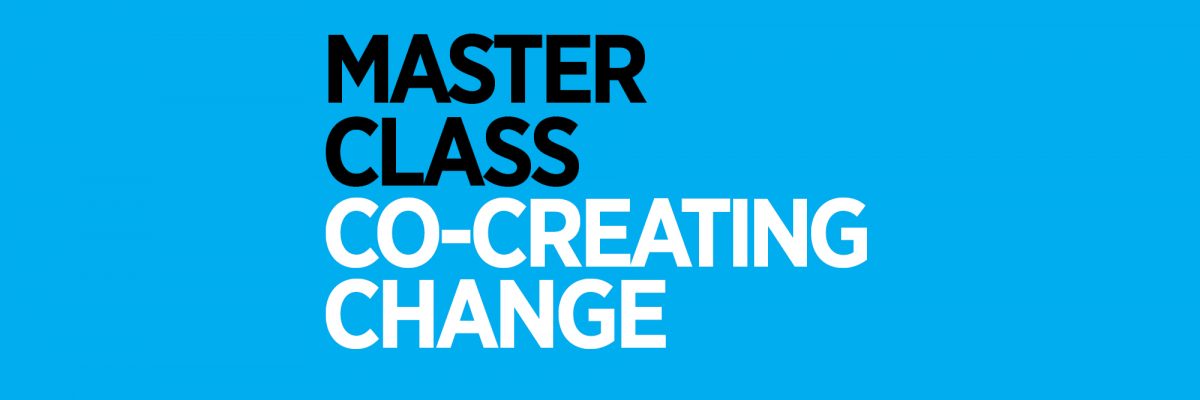

 The winning team Fidel with Master Class mentor Susanna Horn from Outotec.
The winning team Fidel with Master Class mentor Susanna Horn from Outotec.